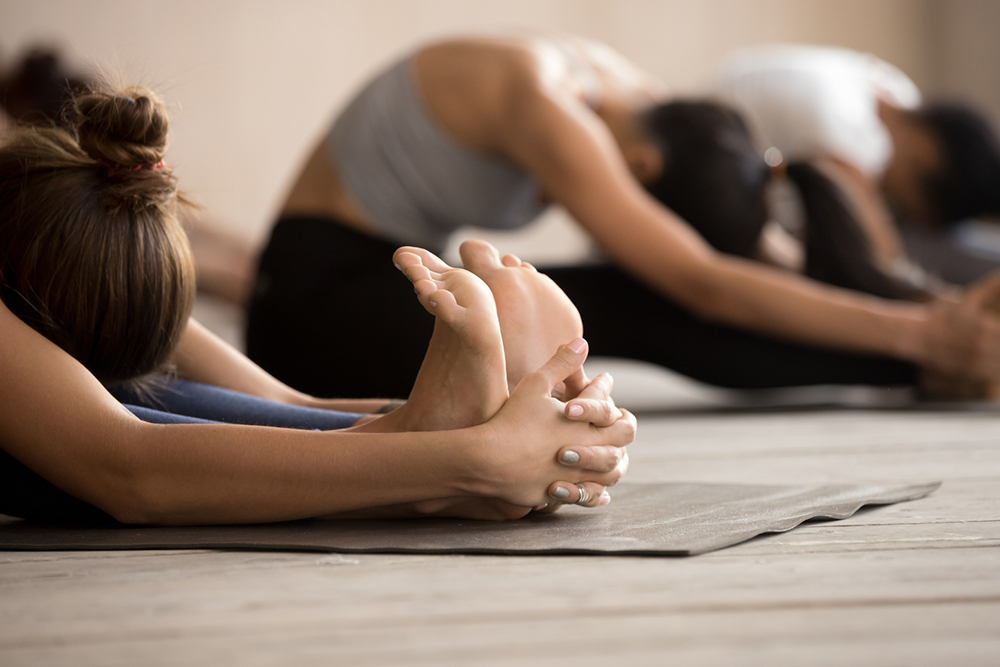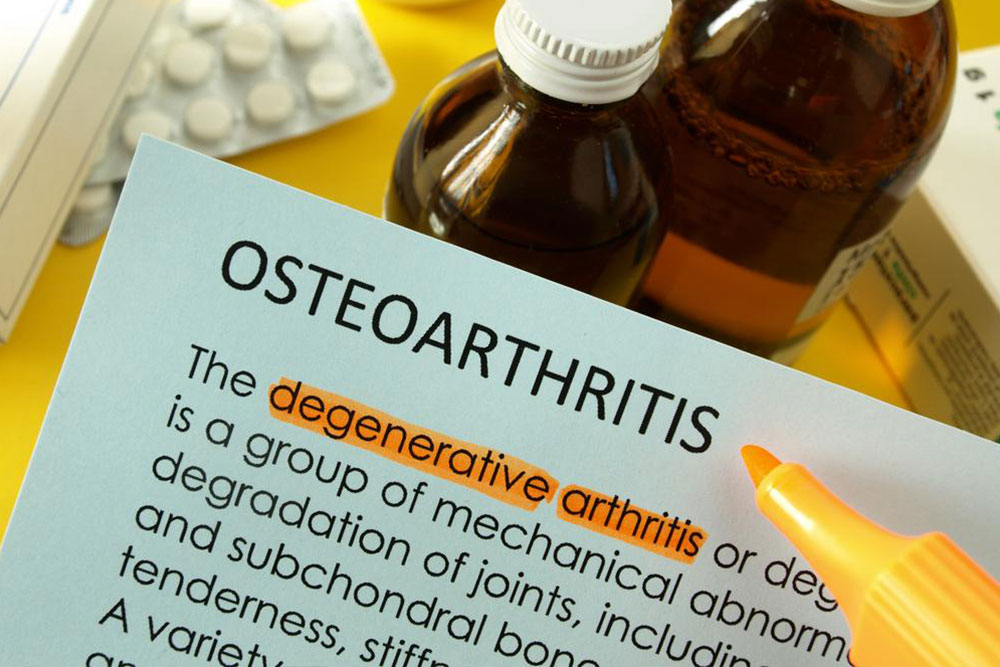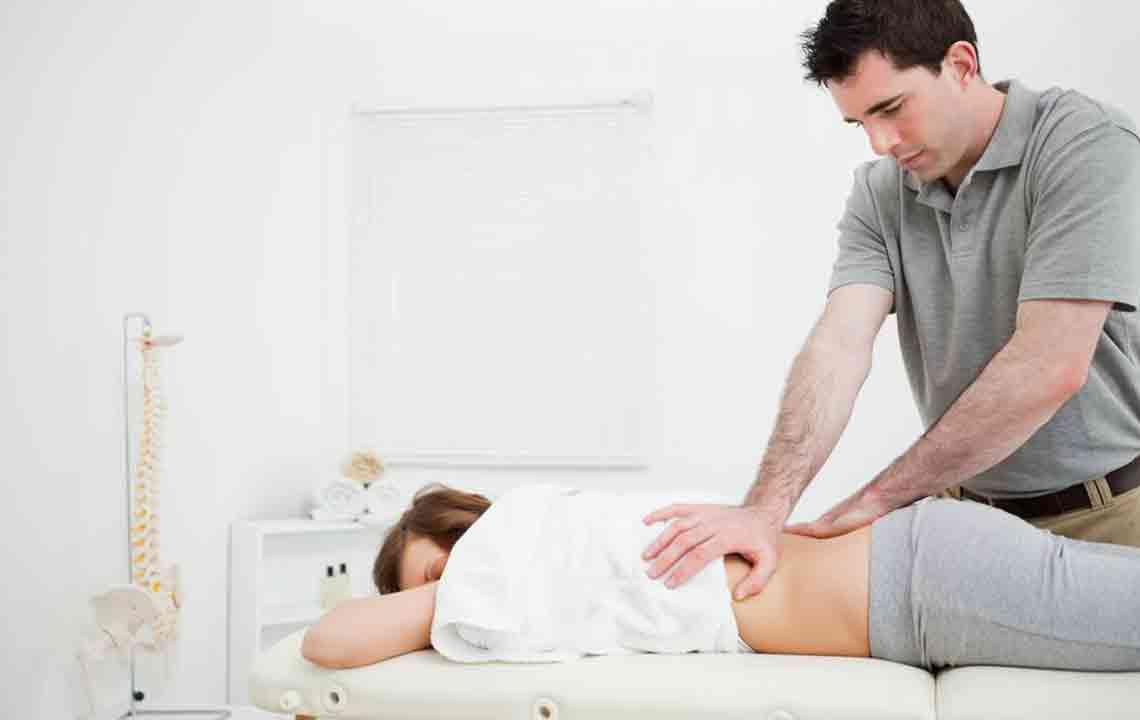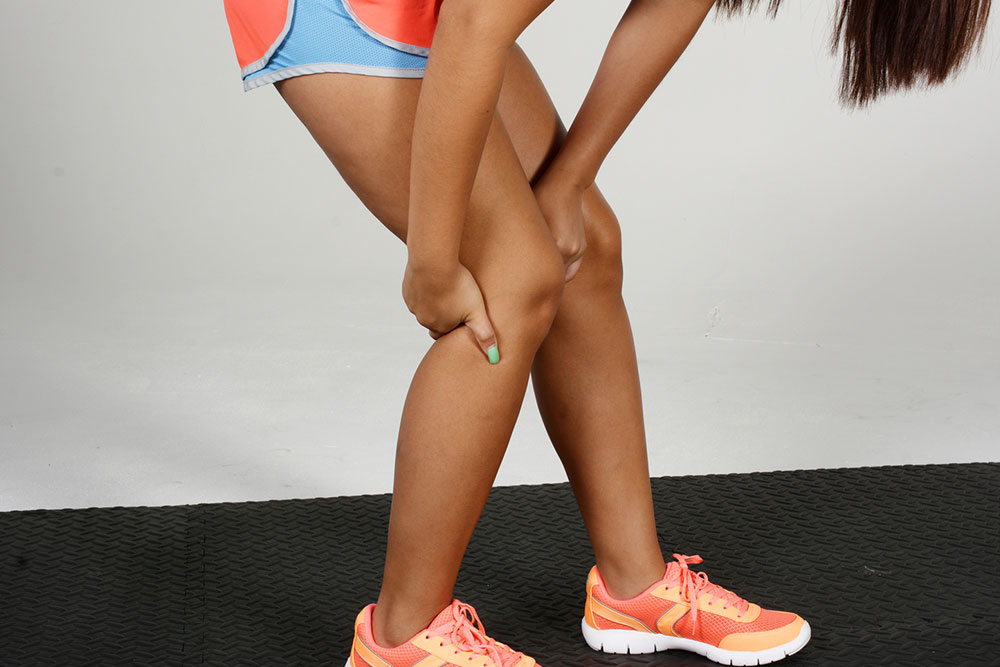Effective Strategies and Exercises for TMJ Discomfort Relief
Discover effective exercises and practical tips to alleviate TMJ pain naturally. From jaw mobility exercises to posture correction and relaxation techniques, these methods can help reduce discomfort and improve joint function. Incorporate daily routines like the goldfish maneuver, chin tucks, and breathing exercises for lasting relief. Additionally, managing stress and diet, along with temperature therapy, play vital roles in TMJ management. Always consult a healthcare professional for personalized advice and treatment options.

Effective Strategies and Exercises for TMJ Discomfort Relief
The temporomandibular joint (TMJ) functions as a hinge that connects the lower jaw to the skull. Each side of the face contains one TMJ. Issues such as teeth grinding, jaw trauma, or arthritis can impair this joint, leading to pain and tenderness in the jaw area and nearby muscles and ligaments. Known as TMJ disorder, this condition can be alleviated through targeted exercises and physical therapies.
Recommended exercises for TMJ relief
1. Goldfish maneuver
2. Stabilization of the jaw
Relax your jaw in a neutral position. Place your thumb under your chin and gently press as you open your mouth.
Repeat this movement, shifting your thumb to each side of your chin for controlled opening.
Conduct five sets daily to promote joint stability.
3. Posture correction: Chin tucks
4. Jaw lateral movements
5. Tongue-up position
6. Rocabado’s six-by-six regimen
7. Relaxation techniques
Helpful Tips for Managing TMJ Pain
Avoid tough foods
Stick to soft, easy-to-chew foods like rice, mashed potatoes, and smoothies, and take small bites to lessen joint strain.
Use a mouthguard
Wearing a mouthguard, especially at night, can prevent teeth grinding (bruxism) that aggravates TMJ issues.
Control stress
Engage in stress-relief activities such as yoga, meditation, and deep breathing to prevent muscle tension that worsens TMJ symptoms.
Temperature therapy
Apply warm or cold compresses to the jaw area. Warm packs soothe muscles, while cold packs reduce inflammation and swelling.









